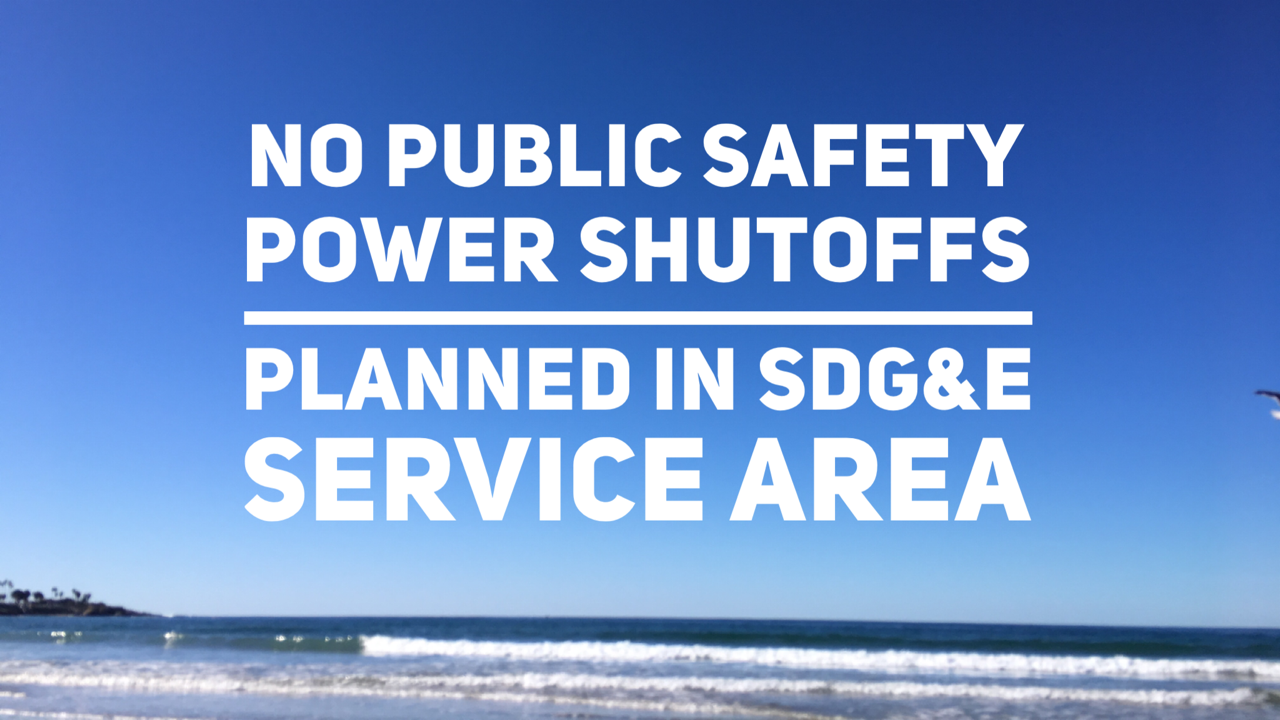Although our region is experiencing a heat wave, our meteorology team does not anticipate the high temperatures to lead to a Red Flag Warning from the National Weather Service or Public Safety Power Shutoffs in the coming days.
Temperature is just one of many factors we use to determine whether it’s necessary to turn off power to protect public safety. Other factors used to evaluate the need for Public Safety Power Shutoffs include wind speed, moisture content of vegetation, field observations, information from first responders and existing fires impacting firefighting resource availability.
Fire risk is rated “elevated” in four of our eight operating districts today and tomorrow, but it drops to normal the rest of the week, according to our Fire Potential Index.
This index is published daily by our meteorology team, with a seven-day look ahead. It classifies fire danger as “normal”, “elevated” and “extreme” based on a list of key variables, such as wind speed, the moisture level of vegetation, and historical fire occurrences within each of our operating districts.
Turning off power for safety is only used by SDG&E as a last resort to prevent wildfires when extreme weather conditions, such as high winds combined with dry vegetation and low humidity are forecasted. We carefully weigh a combination of factors before we take this step, because we understand there is never a good time to lose power.
SDG&E has a team of five full-time meteorologists who closely monitor weather and fire conditions 24/7/365. Helping to enhance their situational awareness is a network of 177 weather stations SDG&E has installed throughout high fire risk areas to provide new data about wind, temperature, and humidity conditions every ten minutes. In addition, our meteorologists monitor 100 cameras that provide live streaming views of high fire risk areas. Sixteen of those are pan-tilt-zoom cameras that we can control to help triangulate where fires start.


